Social Media Influence
The impact of social media on the rtd alcoholic-beverages market cannot be overstated. Platforms such as Instagram and TikTok have become vital channels for brand promotion and consumer engagement. Influencers and user-generated content play a significant role in shaping consumer perceptions and driving purchasing decisions. Recent data suggests that brands leveraging social media effectively can experience a sales increase of up to 25%. As consumers increasingly rely on social media for recommendations, the rtd alcoholic-beverages market is likely to see continued growth driven by digital engagement and targeted marketing strategies.
Health and Wellness Trends
Health and wellness trends are reshaping the rtd alcoholic-beverages market. As consumers become more health-conscious, there is a growing demand for lower-calorie, lower-alcohol, and functional beverages. Brands that offer products with natural ingredients, reduced sugar, and added health benefits are likely to resonate with this demographic. Recent market analysis indicates that health-oriented products have seen a growth rate of around 20% in the rtd alcoholic-beverages market. This shift towards healthier options not only reflects changing consumer preferences but also presents opportunities for brands to innovate and expand their product lines.
Innovative Flavor Profiles
The rtd alcoholic-beverages market is experiencing a surge in demand for innovative flavor profiles. Consumers are increasingly seeking unique and adventurous taste experiences, leading brands to experiment with exotic ingredients and unconventional combinations. This trend is particularly pronounced among younger demographics, who are more willing to try new flavors. According to recent data, the introduction of novel flavors has contributed to a growth rate of approximately 15% in the rtd alcoholic-beverages market. As brands continue to innovate, the market is likely to see an expansion in product offerings, catering to diverse consumer preferences and enhancing overall market appeal.
Sustainability Initiatives
Sustainability initiatives are becoming increasingly influential in the rtd alcoholic-beverages market. Consumers are more aware of environmental issues and are actively seeking products that align with their values. Brands that adopt eco-friendly practices, such as sustainable sourcing and recyclable packaging, are likely to attract a loyal customer base. Recent surveys indicate that approximately 60% of consumers are willing to pay a premium for sustainable products. This shift towards sustainability not only enhances brand reputation but also drives growth in the rtd alcoholic-beverages market, as companies that prioritize environmental responsibility may see increased sales and market share.
Convenience and Portability
Convenience remains a pivotal driver in the rtd alcoholic-beverages market. The fast-paced lifestyle of consumers in the US has led to a preference for ready-to-drink options that are easy to consume on-the-go. This trend is particularly evident in outdoor activities, social gatherings, and events where traditional beverage options may be less practical. The market has seen a notable increase in single-serve packaging, which aligns with consumer desires for portability. Recent statistics indicate that convenience-driven products account for nearly 40% of sales in the rtd alcoholic-beverages market, underscoring the importance of accessibility in driving consumer choices.


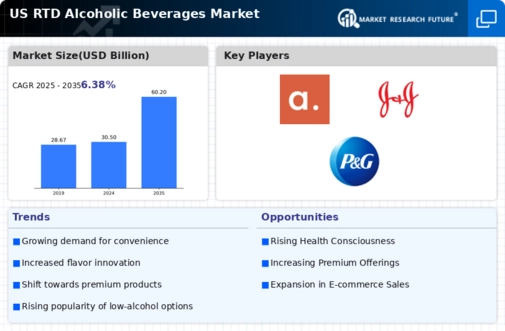
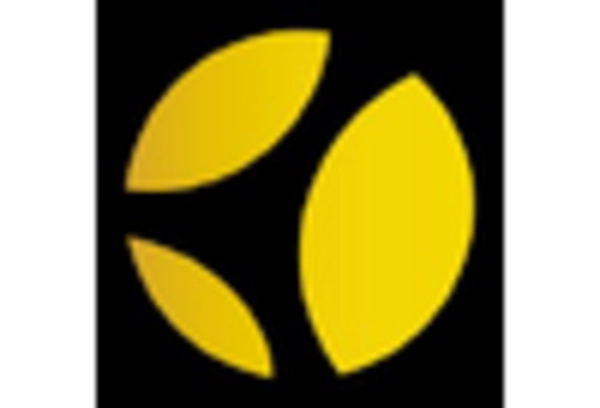

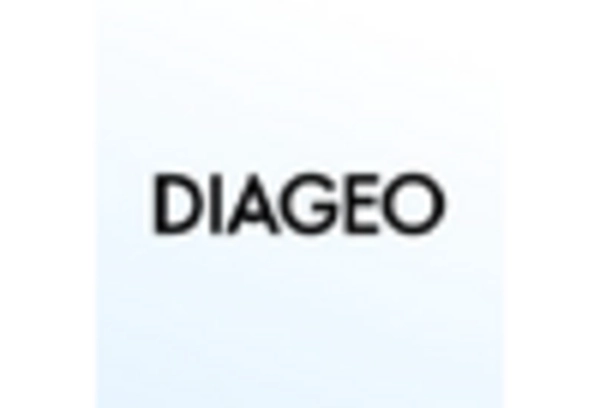
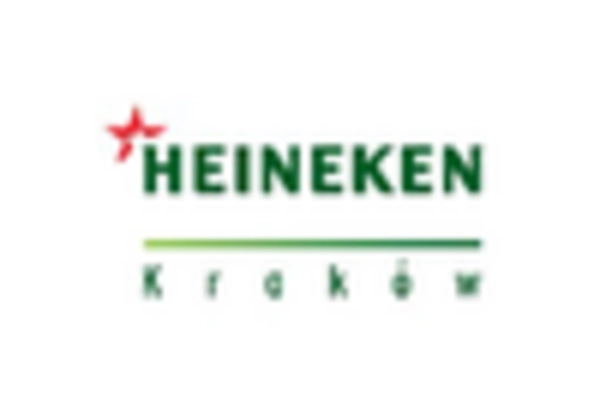

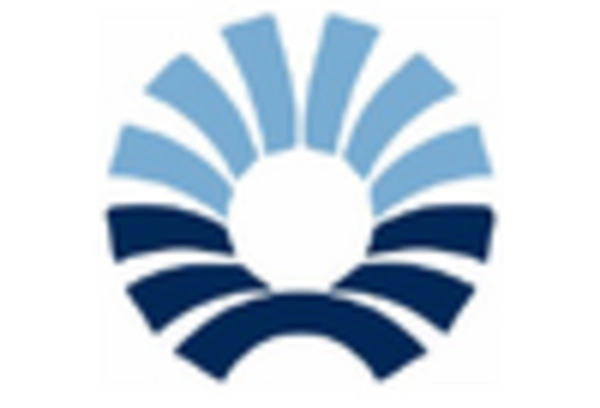








Leave a Comment